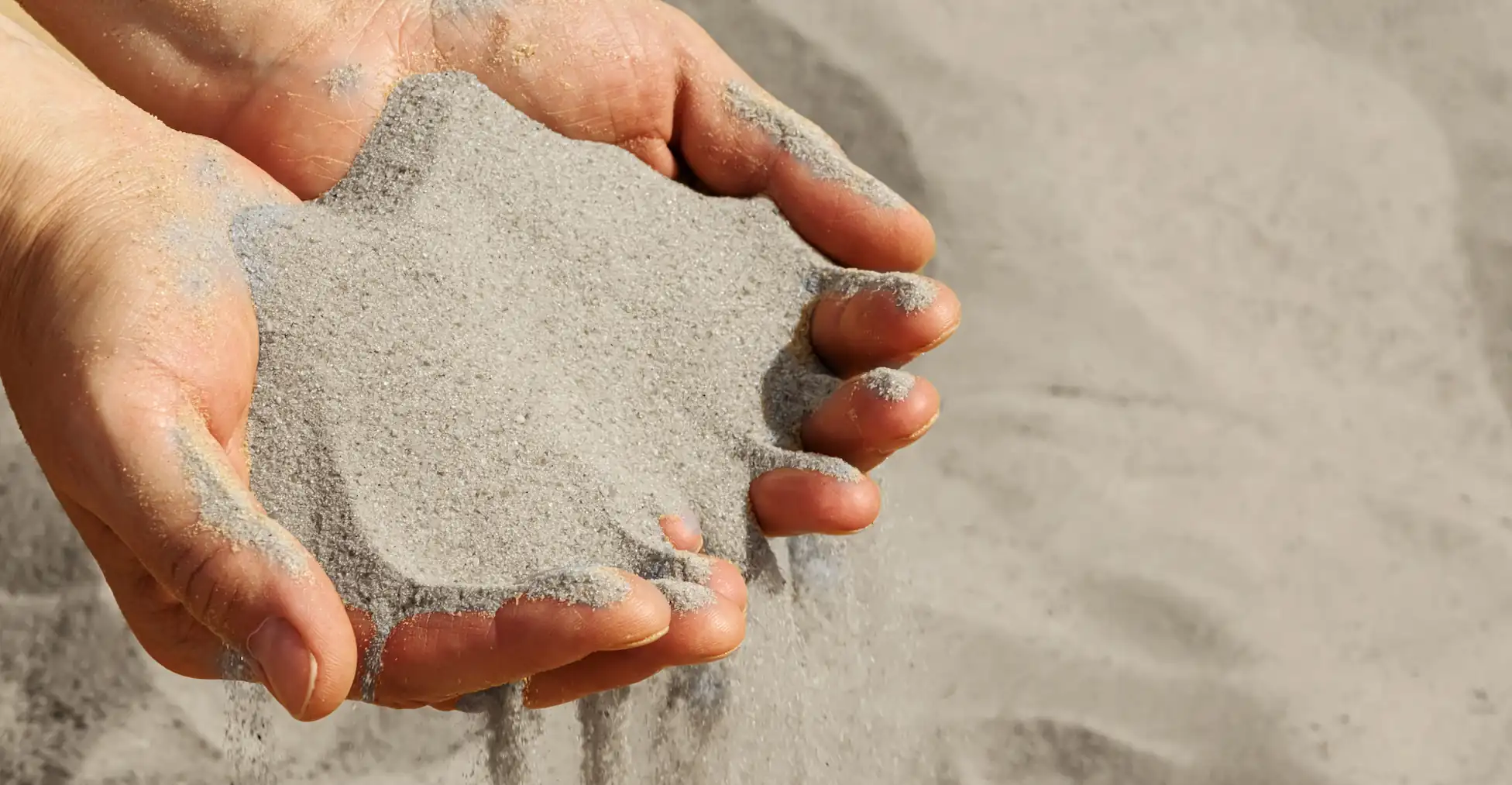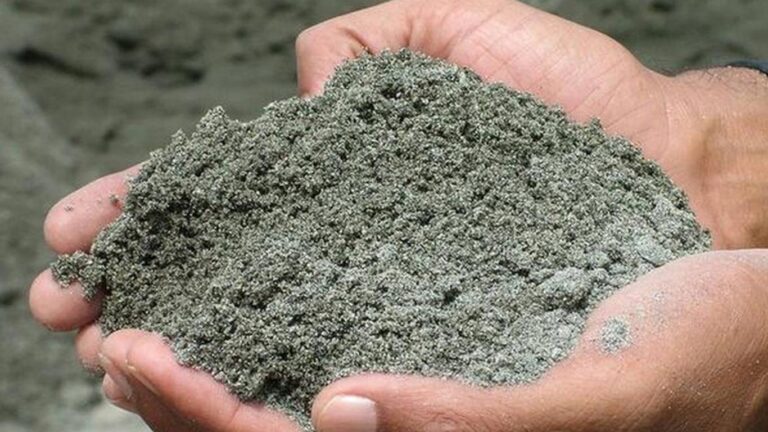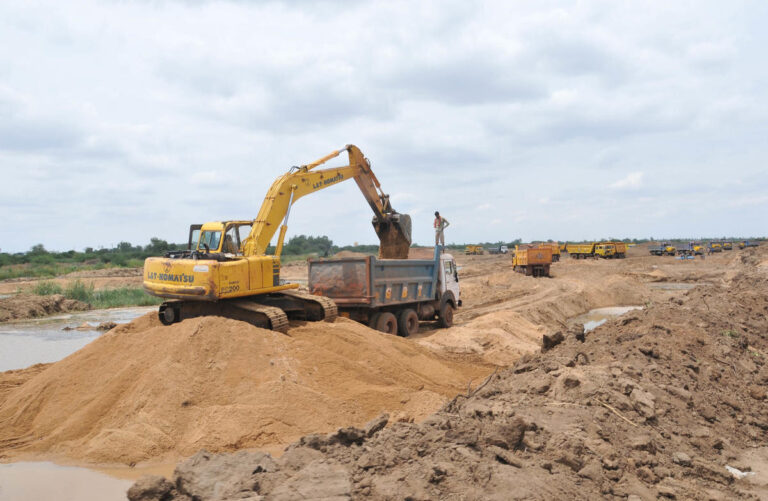Step-by-Step Process of Manufacturing Sand for Construction
The construction industry has witnessed a revolutionary shift toward manufactured sand as a sustainable and reliable alternative to natural river sand. Understanding the intricate process of manufacturing sand helps construction professionals make informed decisions about material selection and quality assurance. This comprehensive guide explores the detailed step-by-step process of creating high-quality m-sand for construction that meets modern building standards and specifications.
Understanding the Foundation: Raw Material Selection
The manufacturing process begins with the crucial step of selecting appropriate raw materials. Quality manufactured sand production requires hard, durable rock formations, typically granite, basalt, or limestone. These rocks must possess specific characteristics, including high compressive strength, low water absorption, and minimal clay content, to ensure the final product meets construction requirements.
Quarry selection plays a vital role in determining the quality of the final sand product. The geological composition of the rock formation directly impacts the physical and chemical properties of the manufactured sand. Professional geologists conduct detailed surveys to identify suitable quarries that can provide consistent raw material quality over extended periods.
The raw material extraction process involves careful planning to minimize environmental impact while maximizing resource utilization. Modern quarrying techniques ensure the selective extraction of high-quality rock while maintaining sustainable practices. This initial stage sets the foundation for producing superior m-sand for construction that meets stringent industry standards.
Stage 1: Primary Crushing and Size Reduction
The primary crushing stage transforms large rock boulders into smaller, manageable pieces suitable for further processing. Jaw crushers are typically employed in this stage, capable of handling rocks ranging from 1000mm to 200mm in size. The crushing process must be carefully controlled to achieve optimal particle size distribution while minimizing the generation of excessive fines.
During primary crushing, the rock is subjected to high compressive forces that break it down into smaller fragments. The crusher settings are adjusted based on the desired output size and the characteristics of the input material. Proper maintenance of crushing equipment ensures consistent performance and optimal particle shape characteristics.
Quality control measures during primary crushing include regular monitoring of particle size distribution, crusher wear patterns, and output quality. These measures ensure that the crushed material meets the specifications required for subsequent processing stages in the manufactured sand production line.
Stage 2: Secondary Crushing and Shaping
Secondary crushing refines the material further, reducing particle size to approximately 40mm to 50mm. Cone crushers or impact crushers are commonly used in this stage, each offering specific advantages for different rock types and desired particle characteristics. The choice of crusher type significantly influences the shape and gradation of the final sand product.
Impact crushers are particularly effective for producing well-shaped particles with good cubicity, which is essential for m sand for construction applications. The high-speed impact forces create angular particles that provide excellent interlocking properties in concrete mixtures. This stage is crucial for achieving the desired particle shape that distinguishes manufactured sand from natural sand.
The secondary crushing process involves careful monitoring of crusher performance, wear part condition, and output quality. Regular adjustments to crusher settings ensure consistent particle size distribution and optimal shape characteristics. The material flow rate must be carefully controlled to prevent overloading and ensure efficient crushing action.
Stage 3: Tertiary Crushing and Fine Particle Generation
Tertiary crushing is the final mechanical size reduction stage, where the material is processed to achieve the desired sand particle size range. Vertical shaft impactors (VSI) are commonly used in this stage, providing excellent particle shaping capabilities and producing high-quality sand with superior characteristics.
The VSI crusher operates by accelerating the material through a high-speed rotor and projecting it against anvils or a rock-lined chamber. This process creates significant inter-particle collisions, resulting in excellent particle shape and surface texture. The adjustable rotor speed and cascade ratios allow operators to optimize the crushing process for specific material characteristics.
During tertiary crushing, the focus shifts from size reduction to particle shaping and surface texture improvement. The process generates a significant amount of fine material, which must be carefully managed to achieve the desired gradation curve for manufactured sand applications.
Stage 4: Screening and Classification
The screening stage separates the crushed material into different size fractions using vibrating screens with various mesh sizes. This process ensures that the final sand product meets specific gradation requirements for different construction applications. Multiple screening stages may be employed to achieve precise size classification.
Efficient screening requires proper screen selection, adequate screen area, and optimal vibration parameters. The screening process must effectively separate oversized material for recirculation while ensuring that the sand fraction meets the required specifications. Regular maintenance of screening equipment prevents blinding and ensures consistent performance.
Quality control during screening involves continuous monitoring of particle size distribution and gradation curves. The screening efficiency directly impacts the quality and consistency of the final m-sand for construction products. Modern screening systems incorporate advanced monitoring technologies to optimize performance and maintain quality standards.
Stage 5: Washing and Cleaning
The washing stage removes dust, clay particles, and other impurities from the manufactured sand. This crucial step ensures that the final product meets cleanliness requirements and provides optimal performance in concrete applications. Various washing techniques, including log washers, spiral classifiers, and hydrocyclones, may be employed.
Water management during the washing process is critical for both environmental compliance and operational efficiency. Closed-loop water systems are commonly implemented to minimize water consumption and prevent environmental contamination. The washing process must be carefully controlled to remove impurities while minimizing the loss of valuable fine particles.
Quality control during washing involves monitoring of clay content, silt content, and overall cleanliness of the washed sand. The washing efficiency directly impacts the binding properties and performance characteristics of the final manufactured sand product.
Stage 6: Dewatering and Final Processing
The dewatering stage removes excess water from the washed sand to achieve the desired moisture content for storage and transportation. Various dewatering techniques, including vibrating screens, centrifuges, and filter presses, may be employed depending on the specific requirements and production capacity.
Proper dewatering is essential for maintaining sand quality during storage and transportation. Excessive moisture can lead to handling difficulties and potential quality degradation. The dewatering process must be optimized to achieve the desired moisture content while minimizing processing time and energy consumption.
Final processing may include additional steps such as air classification, magnetic separation, or chemical treatment, depending on specific application requirements. These processes ensure that the manufactured sand meets all necessary specifications for its intended use in construction applications.
Quality Assurance and Testing
Throughout the manufacturing process, rigorous quality control measures ensure that the final product meets industry standards and customer specifications. Regular testing includes particle size analysis, shape characteristics, cleanliness parameters, and strength properties. These tests ensure consistent quality and performance of the manufactured sand.
Advanced testing equipment and laboratory facilities are essential for maintaining quality standards. M sand suppliers in Bangalore and other regions typically maintain comprehensive testing facilities to ensure product quality and customer satisfaction. Regular calibration of testing equipment ensures accurate and reliable results.
About Aradhya Constructions
For premium quality manufactured sand and comprehensive construction material solutions, Aradhya Constructions stands as a leading supplier in the industry. With state-of-the-art manufacturing facilities and stringent quality control measures, Aradhya Constructions delivers superior m-sand for construction that meets the highest industry standards.
Aradhya Constructions operates advanced manufacturing facilities that implement the latest technology and best practices in sand production. Their commitment to quality and customer satisfaction has established them as trusted m sand suppliers Bangalore for construction projects of all scales.
Contact Details:
- Phone:+91 9008 777 742
- Email:aradhyaconstructions01@gmail.com
- Address: CS-NICE Road Bannerughatta Road, Gundappa Layout, Gottigere, Bengaluru, Karnataka 560083
- Website: https://aradhyasands.com/
Frequently Asked Questions (FAQs)
1. What is the difference between manufactured sand and natural sand in terms of the production process?
Manufactured sand is produced through controlled crushing, screening, and washing processes that ensure consistent quality and gradation. Natural sand is formed through natural weathering processes over thousands of years, resulting in variable quality and composition.
2. How long does the complete manufacturing process take from raw material to final product?
The manufacturing process typically takes several hours from raw material input to final product, depending on the production capacity and specific processing requirements. Continuous production lines can produce manufactured sand around the clock with proper material feed.
3. What quality tests are performed during the manufacturing process?
Quality tests include particle size analysis, shape characteristics assessment, cleanliness parameters, specific gravity testing, and strength properties evaluation. These tests ensure that the manufactured sand meets industry standards and customer specifications.
4. How does the manufacturing process ensure environmental compliance?
Modern manufacturing facilities implement dust control systems, water recycling, noise reduction measures, and land rehabilitation programs. These measures ensure minimal environmental impact while maintaining high production standards.
5. What factors determine the quality of manufactured sand during production?
Key factors include raw material quality, crusher type and settings, screening efficiency, washing effectiveness, and quality control measures. Proper control of these factors ensures consistent production of high-quality manufactured sand suitable for construction applications.







